Knowledge of butterfly valve in application
Time:2021-12-08 14:45:06Read:834
The butterfly valve was invented in the United States in the 1930s and introduced into Japan in the 1950s. It was not widely used in Japan until the 1960s, but it was popularized in China after the 1970s. At present, the butterfly valve generally above dn300mm in the world has gradually replaced the gate valve. Compared with gate valve, butterfly valve has the advantages of short opening and closing time, small operating torque, small installation space and light weight. Taking DN1000 as an example, the butterfly valve is about 2T, while the gate valve is about 3.5t, and the butterfly valve is easy to be combined with various driving devices, which has good durability and reliability.
The disadvantage of rubber sealed butterfly valve is that when it is used for throttling, cavitation will occur due to improper use, resulting in peeling and damage of rubber seat. To this end, metal sealed butterfly valves have been developed internationally, and the cavitation area has been reduced. In recent years, China has also developed metal sealed butterfly valves, and comb shaped butterfly valves with cavitation resistance, low vibration and low noise have also been developed in Japan in recent years.
Under normal conditions, the service life of general seal seat is 15-20 years for rubber and 80-90 years for metal. However, how to select correctly depends on the requirements of working conditions.

The relationship between the opening of butterfly valve and flow basically changes in linear proportion. If it is used to control the flow, its flow characteristics are also closely related to the flow resistance of the piping. For example, the diameter and form of the valves installed in the two pipelines are the same, and the flow of the valves will be very different if the pipeline loss coefficient is different.
If the valve is in the state of large throttling range, the back of the valve plate is prone to cavitation, which may damage the valve. Generally, it is used outside 15 °.
When the butterfly valve is in the middle opening, the opening shape formed by the valve body and the front end of the butterfly plate is centered on the valve shaft, and different states are formed on both sides. The front end of the butterfly plate on one side moves in the direction of water flow, and the other side moves against the direction of water flow. Therefore, the valve body and the valve plate on one side form a nozzle like opening, and the other side is similar to an orifice like opening. The flow rate on the nozzle side is much faster than that on the throttle side, and a negative pressure will be generated under the valve on the throttle side, Rubber seals often fall off.
The operating torque of butterfly valve has different values due to different opening and valve opening and closing directions. The torque generated by horizontal butterfly valve, especially large-diameter valve, due to water depth and difference between upper and lower heads of valve shaft can not be ignored. In addition, when the elbow is installed on the inlet side of the valve, a bias flow is formed and the torque will increase. When the valve is in the middle opening, the operating mechanism needs to be self-locking due to the action of water flow dynamic moment.
 Refining and chemica···
Refining and chemica···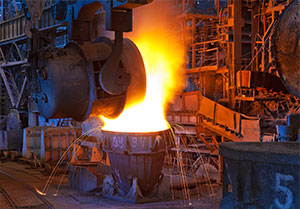 Metallurgical indus···
Metallurgical indus··· Gas industry
Gas industry LNG industry
LNG industry Chemical industry
Chemical industry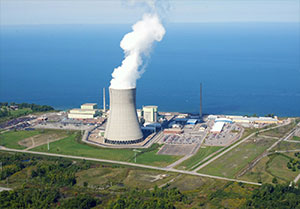 Power industry
Power industry
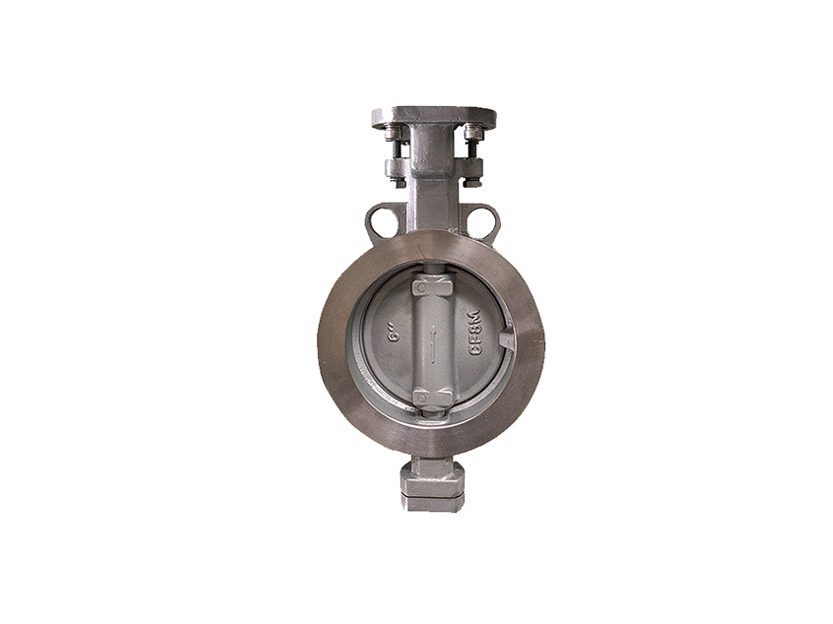

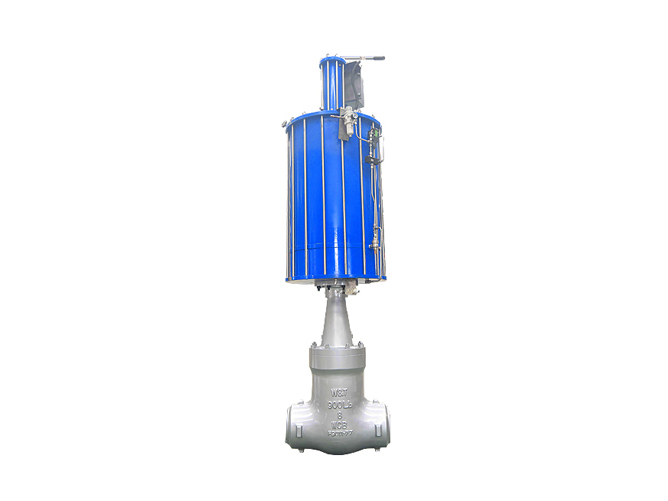
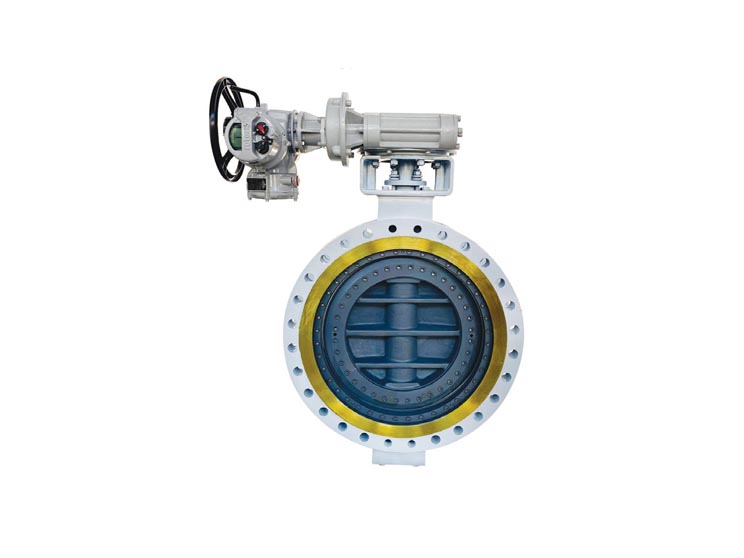


 QQ:664857658
QQ:664857658